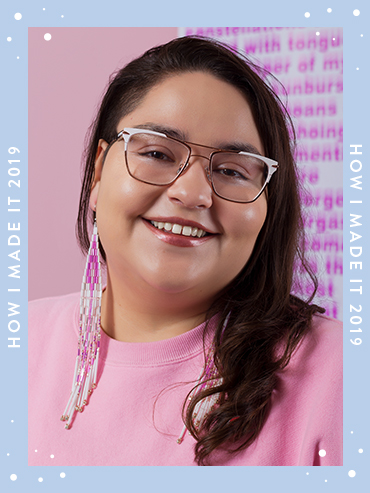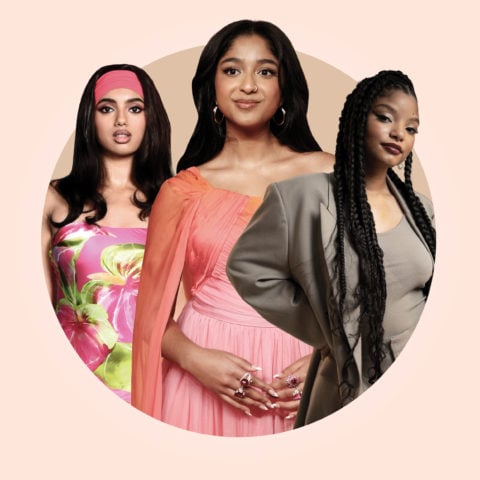As Lindsay Nixon Rises, They’re Bringing Diverse Voices With Them
The author and editor explains how they made it happen


Name: Lindsay Nixon (they/them)
Job title: Author; editor at Canadian Art; independent curator
Age: 32
From: Tootinaowaziibeeng Nation, Man., and Regina
Currently lives in: Montreal
Education: BA in women’s studies and Master’s in art history, Concordia University; currently completing a PhD in art history, McGill University
First job out of school: Customer service at Hudson’s Bay
Editor and writer Lindsay Nixon has been published everywhere from the Malahat Review and Room to The Walrus and Teen Vogue. This year, they also won the prestigious Dayne Ogilvie Prize, which is awarded to emerging writers from the LGBTQ community, for their book nîtisânak. But when asked about what success means to them, something much more ephemeral comes to mind: the feeling of holding the Summer 2017 issue of Canadian Art.
The magazine, for which Nixon acted as lead editor, was built around a theme of “kinship” and contained work exclusively by women and LGBTQ individuals. The cover was a striking photograph from artist Dayna Danger and the Canadian Art logo had been replaced by syllabics that translated to “on the turtle’s back.”
“When I held that issue in my hands, that was the first time I was like, ‘My life is changing,’” says Nixon. After being a street-involved youth and going through times where they couldn’t imagine a future for themselves, holding the magazine they edited made Nixon realize they had a career and a future. That issue in particular was a big deal, and it was controversial, says Nixon, because it raised the idea of misogyny in Indigenous art, which is rarely talked about.
Currently completing a PhD in art history at McGill and acting as editor-at-large for Canadian Art, Nixon wrote their first manuscript while working at Hudson’s Bay, and parts of it ended up being nîtisânak. While they originally intended the book to be a sort of punk rock manifesto specifically for two-spirit Indigenous communities in the prairies, it has since gone on to receive awards and national attention. “To see it get this sort of traction is really special and exciting,” says Nixon.
There is a demand for Indigenous voices in Canadian media right now, following talks about reconciliation and the inquiry into missing and murdered indigenous women and girls, Nixon explains. But it comes with a lot of pressure. “I did feel a lot of pressure, not just from Canadian audiences but from my own community, to represent those communities in specific ways,” they say.
Nixon says they overcome that pressure by concentrating on how they can empower more voices from the BIPOC and LGBTQ communities. They recall having mentors like former Canadian Art editor-in-chief David Balzer, who believed in Nixon’s work and hired them at the magazine despite Nixon being a self-described underdog for the position. Nixon is now working to create opportunities for others. In this way, as their career takes off, they hope to bring more voices along with them. “It can feel almost impossible, but I need to focus on bringing other two-spirit, queer and trans people alongside me to the table.”
FLARE Archived Content
To see the original article, search for it on the Flare archive: https://flare.fashionmagazine.com








